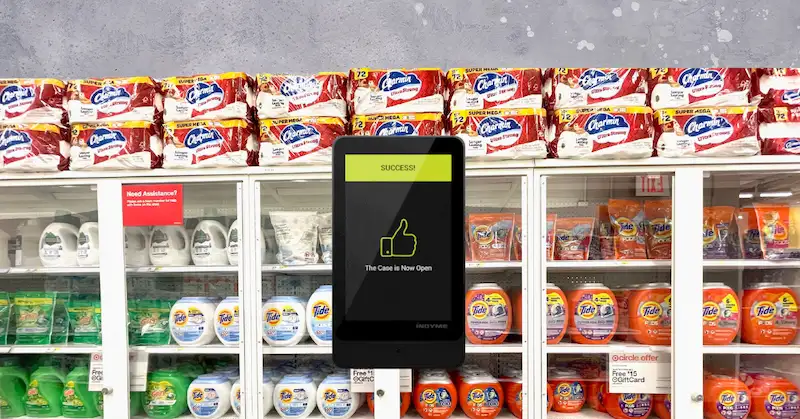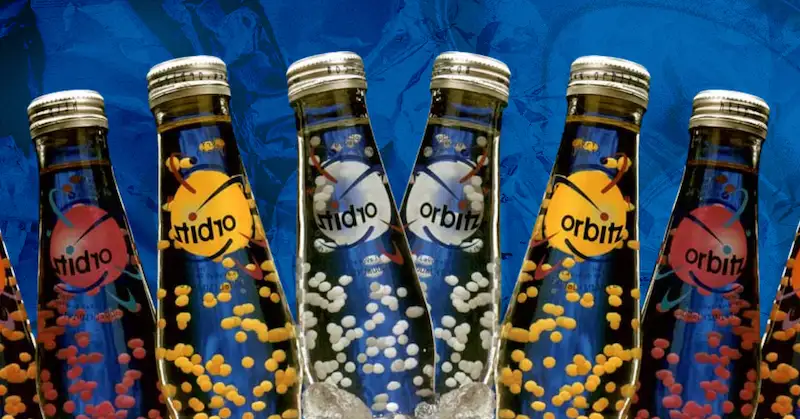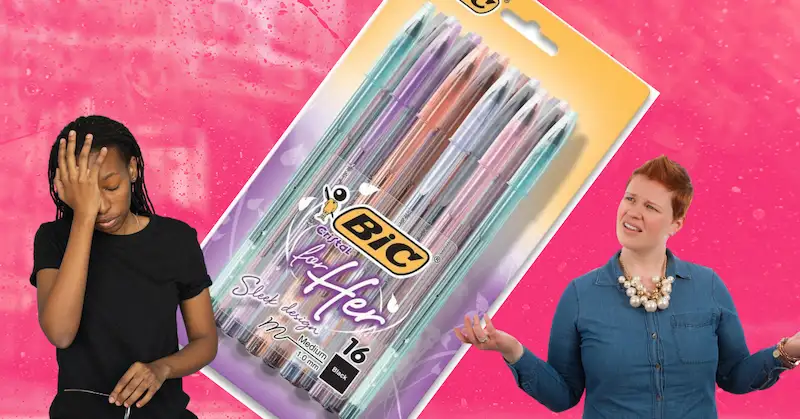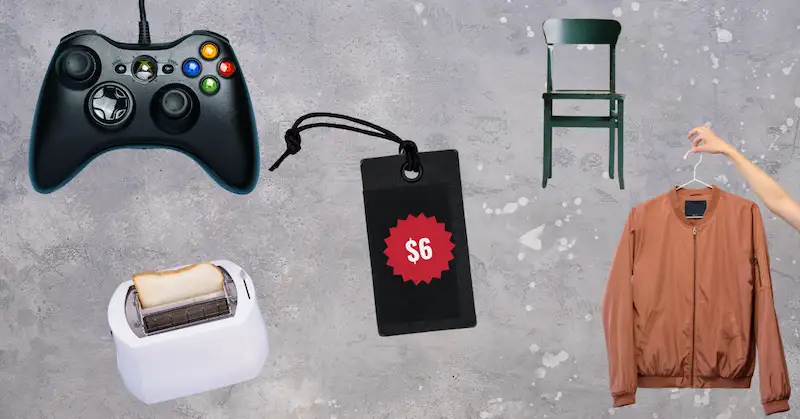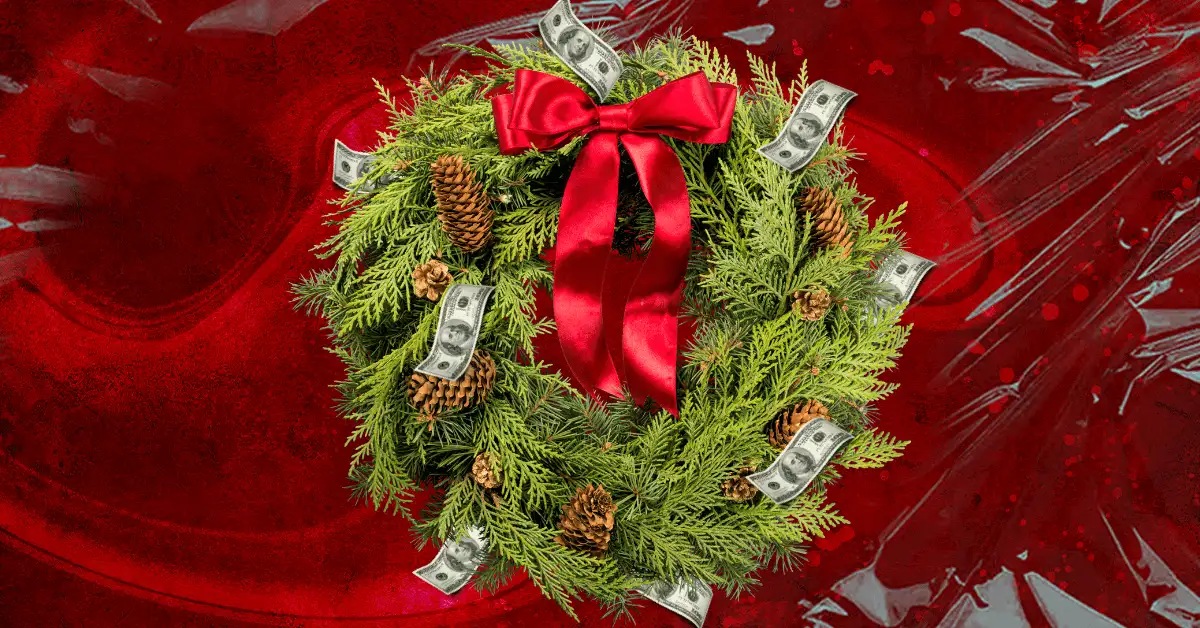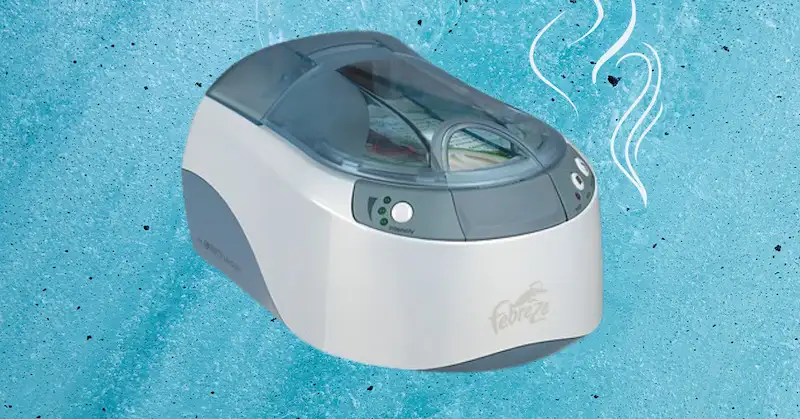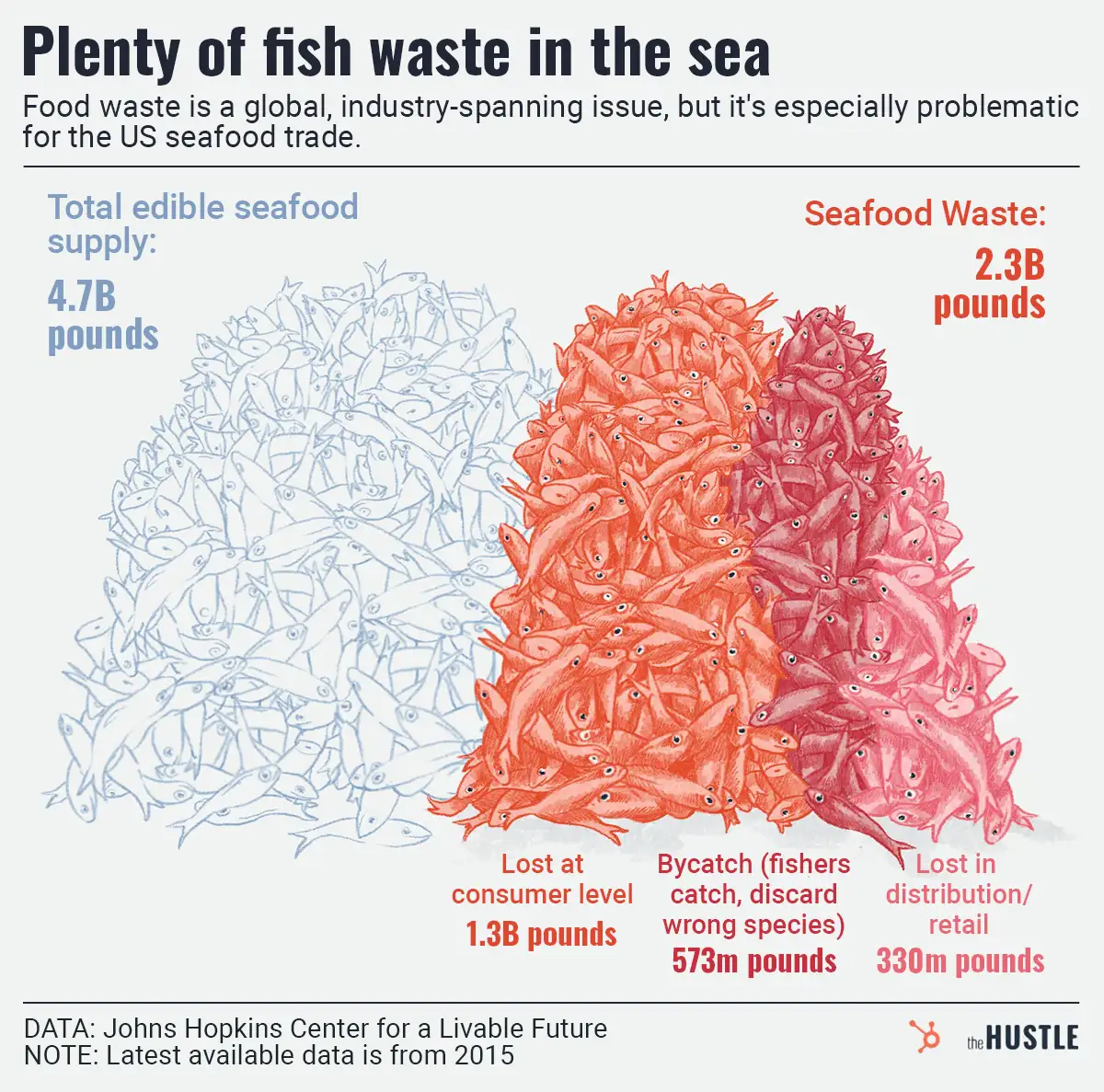Two Atlanta-area Lululemon employees were fired for confronting shoplifters. It sparked a lot of discussion, but CEO Calvin McDonald has doubled down on the decision, citing the store’s strict safety-first, no interference policy.

“It’s only merchandise at the end,” McDonald told CNBC, clarifying that employees may call police, but should step back and let cameras gather evidence.
Shoplifting is on the rise…
… or is it? We’ve seen the locked cases at grocery stores and pharmacies, but what’s actually happening is a bit murky.
In retail, shrinkage refers to loss of inventory, whether that’s due to theft, human error, or damage. Per the National Retail Federation’s annual survey, retailers saw an average shrink rate of 1.4% in 2021, accounting for $94.5B in losses.
- But shrink has consistently hit ~1.4% for the last 10+ years, per CNN.
- Yet retailers cited a 26.5% increase, on average, in organized retail crime (pro shoplifters who steal to resell); 80% claimed an increase in violent or aggressive incidents.
Also interesting: In San Francisco’s central district, larceny theft was up 88% in 2021 — compared to 2020, when stores closed for months. Compared to 2019, larceny theft was down, per The Atlantic’s Amanda Mull, who tried unsuccessfully to coax more specific data from retailers.
So, essentially, the numbers are hard to parse. Could it be that shoplifting hasn’t increased, but more brazen incidents — those more prone to go viral — have?
What can be done?
Confronting shoplifters can be dangerous, even deadly.
Last week, the California state senate passed a bill that would stop retailers from asking staff to confront shoplifters, in line with Lululemon’s prioritization of employee safety.
Retailers are instead turning to tech, including:
- AI that monitors checkouts for barcode switching or other irregularities
- Self-service cases that customers unlock with personal info
- RFID tags, which track specific items
- Robots
For example: Philadelphia Lowe’s stores are piloting security bots. But they’re much cuter and much less intimidating than RoboCop.


